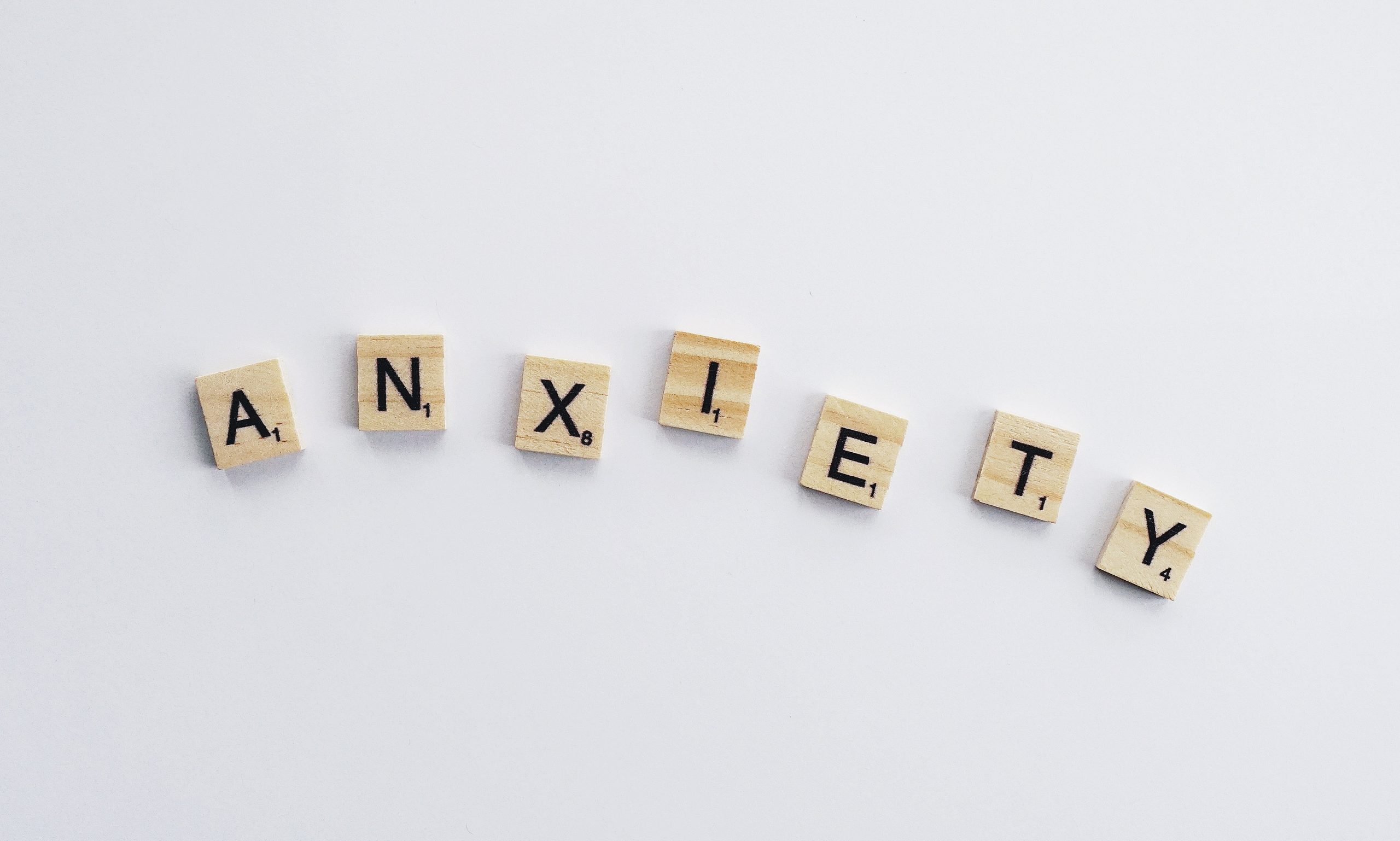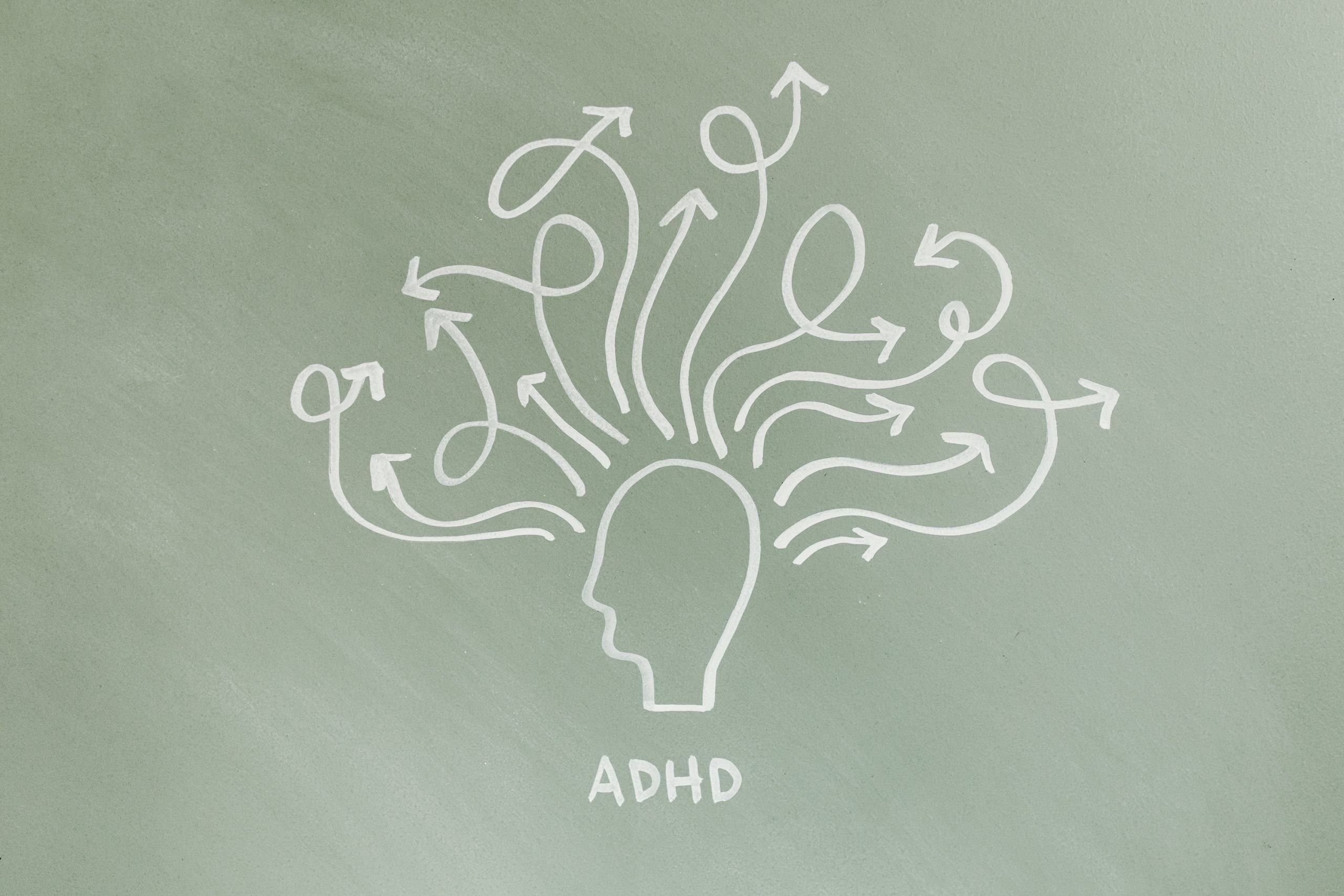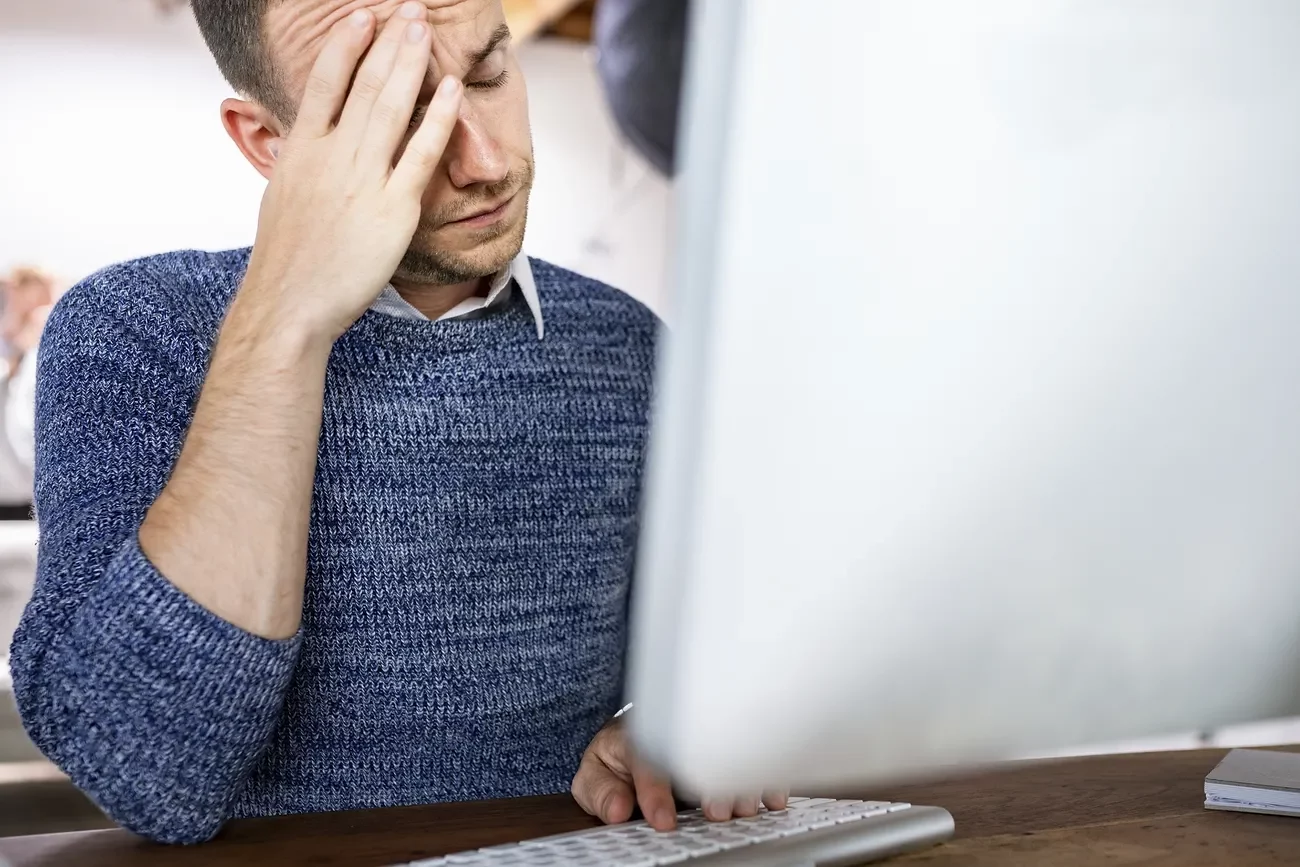Anxiety disorders are the most common mental health illness in the United States, affecting approximately 40 million Americans every year. If you struggle with anxiety, you know all too well the feelings of nervousness, worry, and apprehension that you just can’t seem to shake. There’s no question that anxiety can feel debilitating at times. And while medication can certainly help, are pharmaceuticals always the best answer? If you’re looking for alternative or complementary treatments, here’s how to deal with anxiety without medication.
But before we dive in, let’s learn a little more about the role of medication in anxiety treatment.
The role of medication in anxiety treatment
There are many different types of medications used to help treat anxiety disorders, including traditional anti-anxiety drugs like benzodiazepines and selective serotonin reuptake inhibitors (SSRIs). Typically, benzodiazepines are prescribed for short-term use, while SSRIs are used for long-term use and management of anxiety disorders.
While some people may experience temporary relief with these drugs, they also come with a long list of side effects and safety concerns.
They also don’t cure anxiety disorders. And some studies suggest their effectiveness has been overestimated, and, in some cases, are no better at reducing anxiety symptoms than a placebo.
Worse yet, getting off anxiety medications can be difficult, due to withdrawals and rebounding anxiety that could be worse than it was before you began taking medication.
Benzodiazepines for anxiety
Benzodiazepines are the most widely prescribed type of anxiety medication. Also known as tranquilizers, they typically bring relief within 30 minutes to 1 hour, making them effective when taken during panic attacks or other times of overwhelming anxiety. They work by calming your central nervous system to help reduce feelings of anxiety.
However, they are physically addictive and shouldn’t be used long-term. Side effects include:
- Drowsiness
- Brain fog
- Difficulty concentrating
- Poor balance and coordination
- Slurred speech
- Memory problems
- Blurred vision
- Upset stomach
- Worsening pre-existing depression
- Emotional blunting/numbness
- Suicidal thoughts and feelings
Many people report intense feelings of sleepiness and brain fog even on low doses. This can cause problems with work, school, and everyday activities like driving.
SSRIs for anxiety
Many medications that were initially used to treat depression are also prescribed to people with anxiety disorders. Compared to benzodiazepines, the risk for abuse and dependency is smaller. SSRIs take up to 4-6 weeks to see improvements and can’t be taken “as needed” like benzodiazepines.
SSRIs work to treat anxiety by changing your brain chemistry by slowing the reabsorption of serotonin, a neurotransmitter that helps regulate mood and anxiety.
Side effects include:
- Fatigue
- Dry mouth
- Drowsiness
- Nausea
- Weight gain
- Insomnia
- Sexual dysfunction
- Headaches
- Sweating
Although SSRI dependence isn’t as quick to develop as with benzodiazepines, withdrawal can still be an issue and trigger symptoms such as extreme fatigue, worsening depression, irritability, anxiety, insomnia, and flu-like symptoms.
What causes anxiety?
The million-dollar question. While there is no singular cause of anxiety, scientists agree people with anxiety disorders tend to have connectivity issues between their prefrontal cortex and amygdala. The amygdala is an almond-shaped cluster of nuclei found within the temporal lobe that is known as the “fear center” of the brain.
When we’re exposed to something that is scary or stressful, information is sent to the amygdala, which triggers a “fight-or-flight” response. People with anxiety tend to have an overactive amygdala, which puts their body into constant fight or flight mode and leads to the physical and psychological symptoms you experience.
How to deal with anxiety without medication
There are many reasons people with anxiety disorders may seek alternative or complementary treatment options. Between the side effects, the risk for dependence, and relatively low efficacy rates, it’s worth at least considering other options.
Here are some of the top research-backed ways to deal with anxiety without medication.
Mindfulness and meditation
“Mindfulness” has become a buzzword over the last several years. It’s likely that you, or a family member or friend, have tried a meditation class, downloaded a mindfulness app, or participated in some sort of workplace-sponsored mindfulness training.
That said, you may already have a general idea of what mindfulness is. Mindfulness, in simplest terms, is all about paying attention to your thoughts and feelings in a way that is kind, curious, and grounded in being acutely aware of the present moment.
Although the hype around mindfulness may make it seem like more of a health trend than treatment, there is a significant amount of research that proves practicing mindfulness can alleviate anxiety and associated symptoms by increasing cortical thickness, shrinking the amygdala, creating new neural pathways, and improving the connection between the prefrontal cortex and amygdala.
In fact, some studies suggest even just a single mindfulness meditation session can reduce anxiety. Here are some of the other ways mindfulness helps manage anxiety.
Being aware of our anxiety
Being aware of our anxiety is an important step in better managing it. By now, you likely know that anxiety is erratic in nature. You may feel fine one minute and anxious the next. This is due to an inability to regulate emotions, which, as previously mentioned, is a result of amygdala dysfunction.
When we’re aware of our anxiety (and what may be triggering it), we can better manage it.
Tools to manage anxiety and practice mindfulness
Practicing mindfulness doesn’t come easy to everyone, especially at first. If you’ve ever tried to meditate, you may have been surprised how difficult it was to sit in silence. But believe it or not, part of mindfulness is becoming aware of how sitting still could put your thoughts into overdrive. What’s important is not that your mind is clear, but rather that you simply observe your thoughts rather than judge them.
Many people find that apps help them practice mindfulness more consistently. And while general meditation apps can certainly help, technology is evolving at a rapid rate, and we can now measure our anxiety levels at any given time and practice personalized mindfulness training based on those levels.
Introducing AQ™ and the Wellness Monitor
AQ™ is the first app to offer personalized mindfulness training based on your unique biomarkers. Thanks to decade-long clinical research and advanced proprietary technology, we can quantify anxiety levels and see its impact on our health, work, and play for the very first time.
Simply place your finger on your iPhone camera lens and AQ™ will measure your heart rate. Next, you’ll take a four-minute test, where you focus for two minutes with your eyes open and two minutes with your eyes closed. Your heart rate is analyzed during this test to measure your anxiety levels.
Based on the findings, personalized mindfulness trainings will be recommended to help manage your anxiety.
And if you’re an Apple Watch user, AQ™ offers a 24/7, real-time Wellness Monitor tool that measures the state of your brain. It shows when you’re anxious, when you’re calm, and when you’re neutral, based on your heart rate variance over a predefined period of time.
In doing so, you can understand what may be triggering your anxiety. For example, if you notice that you’re more anxious on Sunday nights because you’re worried about the work week ahead, it could be beneficial to add in some self-care routines, such as meditation, journaling, exercising, etc.
When the Wellness Monitor detects long periods of anxiety, it will send you soundscapes that help your brain and body relax. And while it’s encouraged to check the Wellness Monitor daily, don’t get too concerned about the data. Some amount of anxiety is normal and even healthy.
Therapy
Cognitive-behavioral therapy, also known as CBT, is a well-established, highly effective treatment option for individuals struggling with anxiety disorders. Through CBT, you can learn how to identify, understand, and even change your behavioral patterns and thinking.
Cognitive-behavioral therapy also helps you learn specific skills to better manage and cope with anxiety-associated symptoms. In doing so, many people find they can gradually return to activities they may have avoided in the past due to anxiety.
Lifestyle changes
Making lifestyle changes is another simple, yet powerful way to better manage anxiety. Here are some changes that can help reduce symptoms:
- Exercise regularly
- Practice yoga and other mind-body interventions
- Eat a healthy, well-balanced diet
- Cut back on caffeine and alcohol
- Get adequate sleep
- Keep in close contact with family and friends who love and support you
Learn more about how to deal with anxiety without medication with our Wellness Monitor and personalized mindfulness trainings
If pharmaceuticals aren’t providing you the relief you really need, it’s time to learn how to deal with anxiety without medication. Mindfulness is a drug-free way to shrink your amygdala, thicken your prefrontal cortex, and improve the functional connectivity between these two regions.
Download AQ™ today to gain access to our 24/7 Wellness Monitor and receive mindfulness trainings personalized for you.
For general questions, reach out to hello@theaqapp.com.





